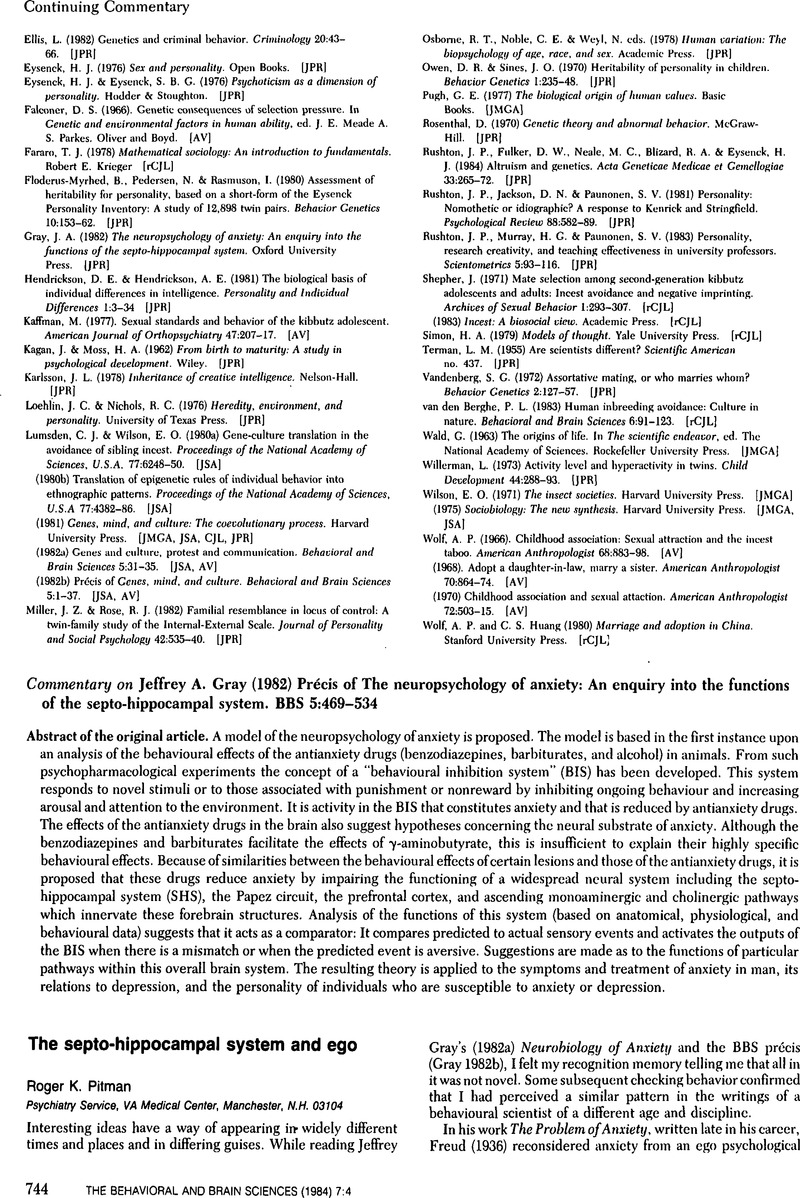Crossref Citations
This article has been cited by the following publications. This list is generated based on data provided by Crossref.
Finlayson, Graham
Cecil, Joanne
Higgs, Suzanne
Hill, Andrew
and
Hetherington, Marion
2012.
Susceptibility to weight gain. Eating behaviour traits and physical activity as predictors of weight gain during the first year of university.
Appetite,
Vol. 58,
Issue. 3,
p.
1091.



